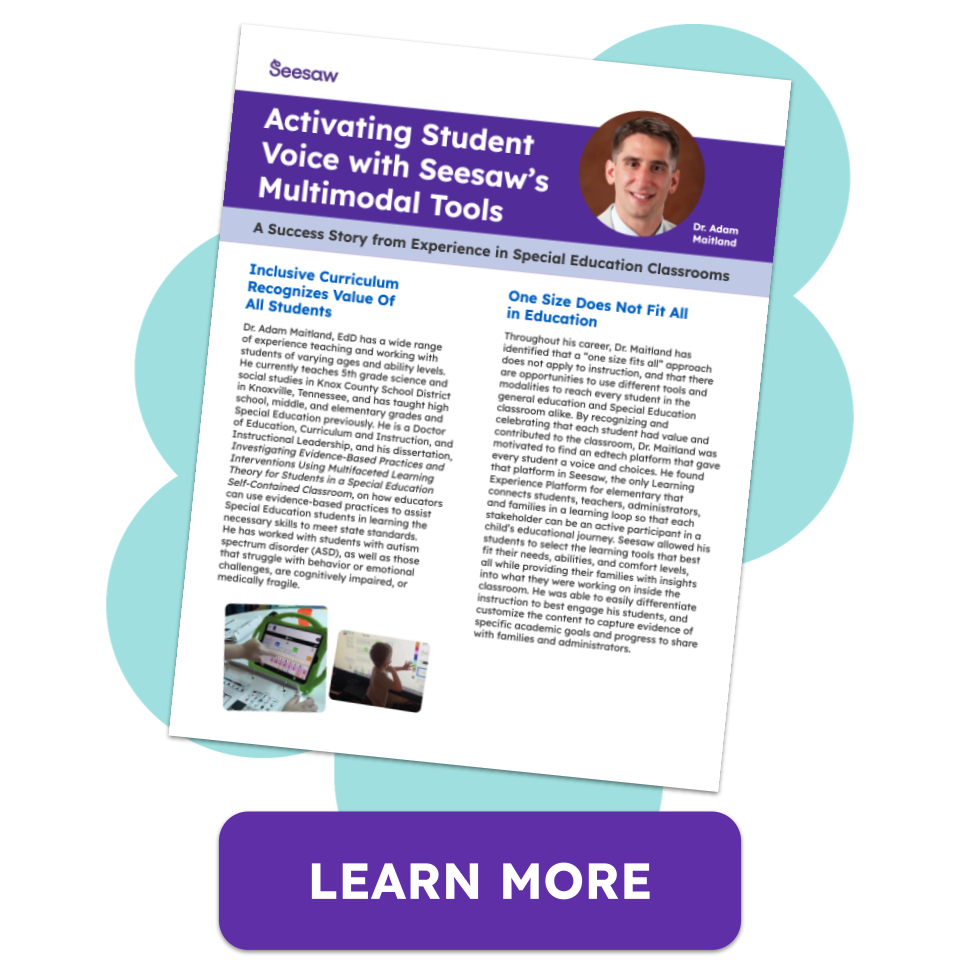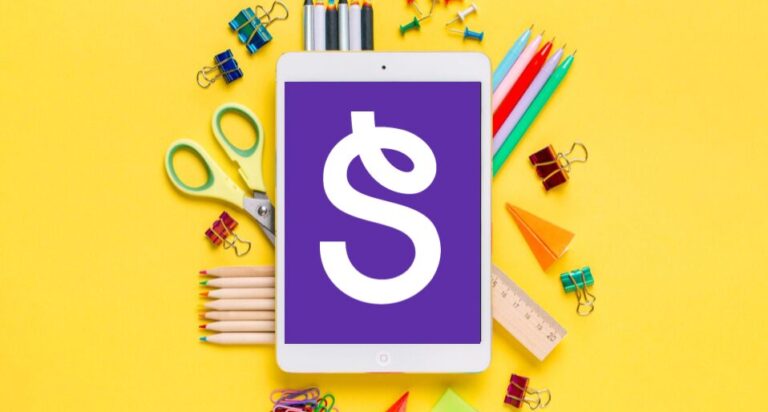In 2025, a group of Philadelphia third graders voted on their school’s recycling program, in a clear example of student choice and voice. It wasn’t just a project, it became a lesson in agency, responsibility, and the power of student voice.
Research clearly shows that student voice and choice dramatically improves academic outcomes, however most schools start this work too late. This blog highlights the importance of beginning voice and choice early in elementary schools, and highlights the benefits it can bring.
Student voice and choice moves away from teachers feeding information to students, and towards actively including students in decisions that will affect their learning. These opportunities to express opinions and preferences can result in greater ownership with students over their own education.
The gap in student choice and voice
Scroll your social media feeds or attend a conference and you’ll hear countless passionate discussions about student choice and voice. Educators around the world are sharing positive impacts at the high school level, but one critical problem remains: we’re starting too late.
Secondary schools celebrate breakthroughs in academic growth and achievement through voice and choice, but many students don’t find their voice until they’re 16 years old.
Meanwhile, elementary educators have watched students as young as six lead their own learning for years. They know young students are capable. The real question isn’t whether students can do it—it’s whether we’re brave enough to give up control earlier.
What research really tells us about voice and choice
The data about student choice and voice is clear:
- 8× more engagement: Students who felt they had a voice in school decision-making were eight times more likely to be engaged in their learning
- Higher grades & attendance: In Chicago public schools, classrooms rated as being more responsive to student voice had students with better grades and attendance than less responsive classrooms
- Long-term gains: Elementary strategies that prioritized student agency led to stronger outcomes in high school, showing that early investment pays off
Results like these are what every district wants—but they don’t happen overnight. They grow from years of building, testing, and refining students’ sense of agency.
Elementary years represent a critical window when children’s academic agency either flourishes or fades, and during which voice and choice can make a real difference.
 District examples of student choice and voice success
District examples of student choice and voice success
While the research focuses on secondary benefits, success began with foundation strategies implemented in elementary schools:
- Chicago’s foundation: While Chicago gained attention for high school initiatives, their elementary schools quietly laid the groundwork
- Philadelphia’s discovery: A study across 67 urban high schools revealed that schools with highest engagement had feeder elementary schools prioritizing student choice in daily decisions
These foundational strategies can be grouped into practice that you hear about today:
- Project-based learning: Students collaborate to solve a problem from start to finish, selecting, researching, and implementing solutions
- Classroom leadership opportunities: Teachers give students responsibility for classroom jobs, building autonomy and accountability
- Choice boards: Students choose tasks and how to demonstrate understanding, boosting curiosity and comprehension
Why focus on elementary voice and choice
Elementary voice and choice is a powerful tool for teachers. It reflects back how young children think and question the world authentically, rather than being molded by school governance. Elementary students haven’t yet learned to give adults the “right” answers, and instead explore with curiosity and passion.
The Research-backed benefits of voice and choice for elementary students
Providing elementary student choice and voice doesn’t mean giving full autonomy. Simple options—assessment types, task order, or topics—make a big difference. Elementary students will benefit through:
- A deeper understanding of materials: Choice improves recall and comprehension of challenging subjects
- Intrinsic motivation: Autonomy fuels motivation, especially when introduced early
- Stronger social-emotional skills: Voice and choice build responsibility, collaboration, and self-advocacy
Overcoming the “they are too young” myth
Research consistently shows the value of early voice and choice, yet hesitation remains.
Many educators quietly admit, “I’m not sure my students are ready to make meaningful decisions,” while parents ask, “What if they can’t handle it?” These concerns are valid, especially under pressure from test scores and community expectations.
But evidence proves that when we provide developmentally appropriate opportunities, students don’t struggle—they thrive. In fact, elementary students often surprise adults with their creativity, responsibility, and problem-solving when given the chance.
A call for voice and choice in elementary schools
Districts worldwide have shown that student choice and voice leads to strong secondary outcomes, but that greatest opportunity lies in elementary schools. Instead of repairing the agency later, we should build it early on. As elementary educators, we have the power to champion curiosity and autonomy. We shape the classroom environment and decide how much voice and choice to allow. This foundation defines how children learn. Seesaw partners with schools to create accessible classrooms for all learners.
So I’ll leave you with this question:
What kind of learners do you want to create, and how will you make this possible?




